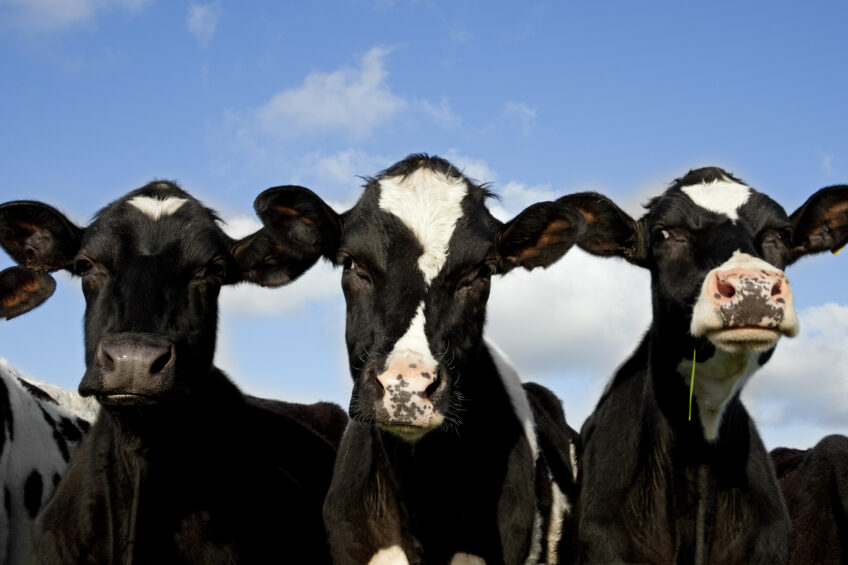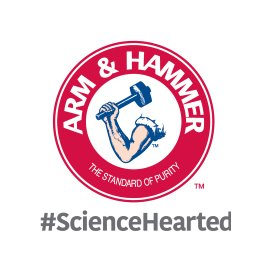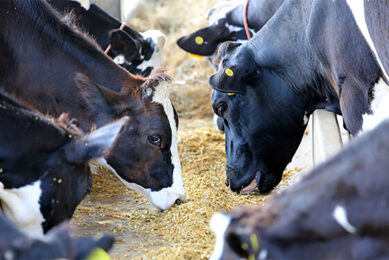Boost reproductive performance with essential fatty acids

Researchers have investigated the effects of Essential Fatty Acids (EFAs) on health and performance for nearly 100 years. There is much left to learn about how these mechanisms work and how to take greater advantage of EFAs, but the lessons gained so far are culminating in improved reproductive performance on-farm.
Lately, much research has focused on including both Omega-3 (18:3 linolenic) and Omega-6 (18:2 linoleic) EFAs in the transition diet – as with Essentiom – to improve reproductive parameters linked to improved immune function. This could be factors like reduced embryonic death, improved reproductive performance, increased pregnancy rates and lowered blood β-hydroxybutyrate (BHBA) level, which is linked to improved metabolic performance during the transition period.
Undeniably, the Omega-3 and Omega-6 EFAs found in Essentiom can help promote more a better regulated, more efficient immune system, improved uterine health and greater reproductive success.

EFA essentials
First, it must be understood EFAs cannot be produced using other available nutrients or chemical pathways by the animal. They must be provided by the diet. However, cows may not consume enough EFAs through commodity feed sources typically included in rations to make a significant impact.
While several feedstuffs – like cottonseeds and whole soybeans – contain various levels of EFAs, the EFAs in these sources are often altered in the rumen through biohydrogenation. This process makes them unavailable and useless to meet daily nutrition requirements. That’s why it’s important for diets to include research-proven feed ingredients containing both Omega-3 and Omega-6 EFAs that are protected, so they are not biohydrogenated and remain available for absorption from the intestine.
All of this is important because EFAs have 3 vital roles that significantly impact reproduction and immune function. EFAs:
- Aid in the production of specific reproductive hormones like progesterone, which enhance the physical signs of estrus, as well as ovarian follicle growth.
- Aid in the production of prostaglandins, which help establish estrous cycles and enhance the visible signs of heat.
- Promote the maintenance and function of cellular membranes.
Nutrition’s influence
In recent years, several on-farm nutrition trials from across the United States show how the targeted addition of Omega-3 and Omega-6 EFAs to the ration positively influences cow health and productivity. Each farm in the trial series followed a different management philosophy, grouping strategy, base ration and set of standard operating procedures. They were located in several areas of the country, meaning each location’s geography and climate were very different.
The dairies fed the EFAs at the same rate (0.25 pounds/ 113 grammes per head per day) for the same amount of time prepartum (21 days), but the time and amount fed postpartum varied across farms. Only one herd measured blood BHBA levels, but that dairy noted the inclusion of EFAs lowered this measure by 44%. On a herd level, BHBA is a useful indicator of the ability of cows to deal with metabolic challenges in the transition period. For individual cows, increased serum concentrations of BHBA around calving have been associated with lower milk production and impaired early reproduction.
Enhanced reproduction performance
Each dairy showed lowered early embryonic deaths, often cutting this incidence in half or more. Each dairy also showed significant gains in pregnancy rates. Results for this parameter ranged from 7 – 9 % increases. Lastly, directly correlated to increased pregnancy rates, herd conception rates for the farms in the trial series also rose by 7% to as much as 15%.
The results clearly indicate the inclusion of Omega-3 and Omega-6 EFAs – especially in transition diets – can be a strong partner in enhancing reproductive programs in different environments and across a range of management strategies. Ultimately, the use of EFAs resulted in healthier cows with increased productivity.
To learn more, visit AHanimalnutrition.com.
Author: Dr Neil Michael, Manager, technical services, Arm & Hammer Animal Nutrition
Join 13,000+ subscribers
Subscribe to our newsletter to stay updated about all the need-to-know content in the dairy sector, two times a week.






